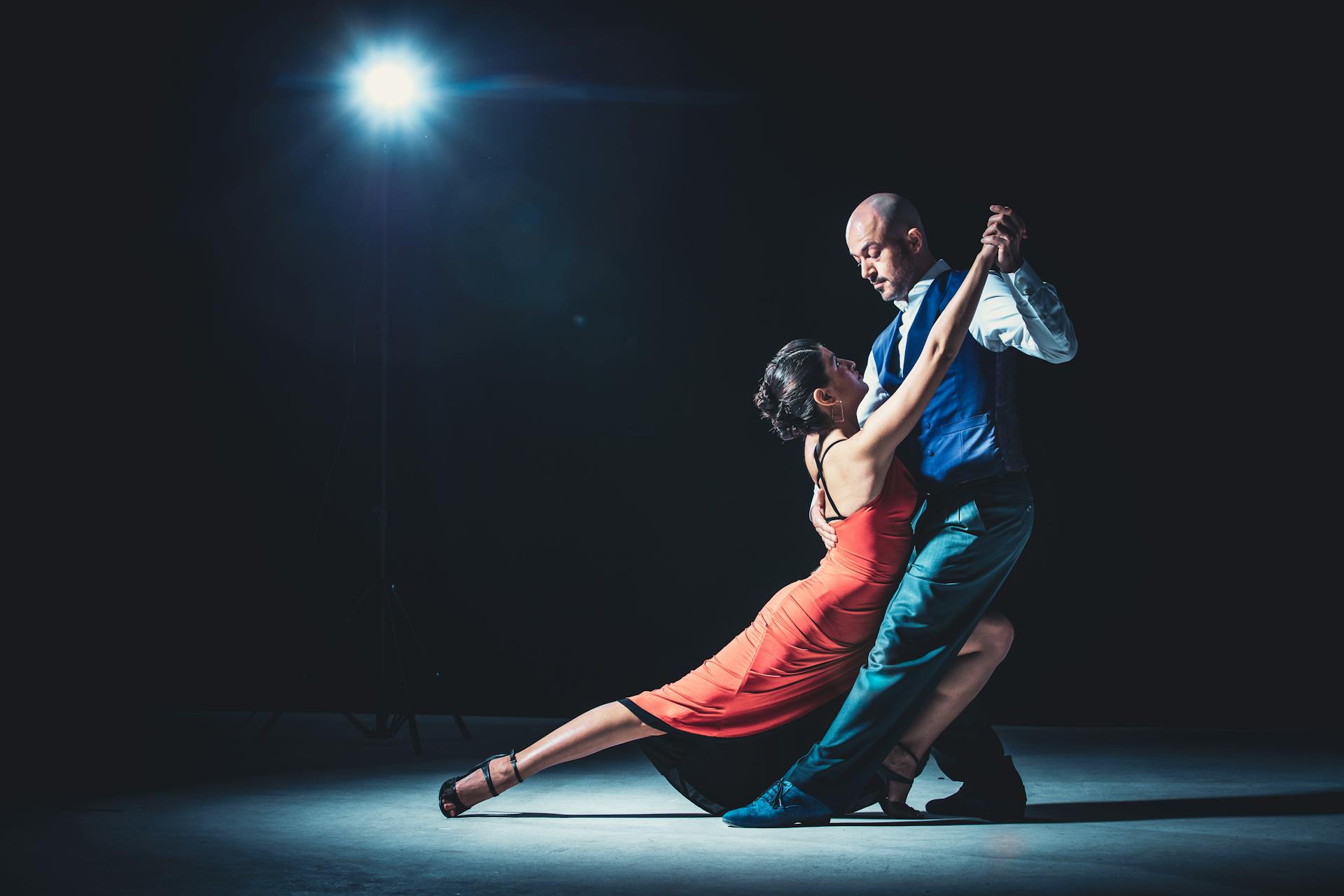Theaters in Buenos Aires: A Cultural Odyssey
Buenos Aires, the vibrant capital of Argentina, is a city that breathes culture, history, and artistry. Among its many treasures, the theaters of Buenos Aires stand out as iconic landmarks that reflect the city’s rich heritage and its passion for the performing arts. From the grandeur of the world-renowned Teatro Colón to the intimate stages where tango and cumbia come alive, Buenos Aires offers a theatrical experience like no other. In this blog post, we’ll delve into the dynamic world of Buenos Aires’ theaters, exploring their history, cultural significance, and what makes them a must-visit for any traveler.
A City Steeped in Theater Tradition
Buenos Aires has long been a hub for theater and performing arts. The city’s love affair with theater dates back to the 19th century, when European immigrants brought their operatic and theatrical traditions to Argentina. Over time, these influences blended with local culture, giving rise to a unique theatrical identity. Today, Buenos Aires is home to over 100 active theaters, ranging from opulent concert halls to small, independent venues that showcase cutting-edge productions.
One of the most iconic theaters in Buenos Aires—and indeed the world—is the Teatro Colón. Often referred to as one of the finest opera houses globally, the Teatro Colón is a masterpiece of neo-classical architecture and acoustic design. Since its inauguration in 1908, it has hosted some of the most celebrated performers and composers, including Enrico Caruso, Igor Stravinsky, and Astor Piazzolla.
The Teatro Colón’s grandeur is not just about its architecture; it’s also a symbol of Argentina’s cultural aspirations. As noted by the Buenos Aires Tourism Board, the theater is “a place where art and history converge, offering visitors a glimpse into the city’s rich cultural legacy.”
Tango: The Soul of Buenos Aires’ Theaters
No discussion of Buenos Aires’ theaters would be complete without mentioning tango, the city’s signature dance form. Tango is more than just a dance; it’s a way of life, an expression of passion, longing, and identity. Many of the city’s theaters are dedicated to preserving and celebrating this art form.
One of the most famous tango theaters is the Café de los Angelitos, a historic venue that has been a tango hotspot since 1890. This intimate setting offers a unique blend of live music, dance, and storytelling, immersing audiences in the world of tango. Another notable venue is the Esquina Carlos Gardel, named after the legendary tango singer. Here, visitors can enjoy spectacular tango shows accompanied by world-class orchestras and dancers.
Tango’s influence extends beyond traditional theaters. Many smaller, independent venues host tango performances, often blending traditional styles with modern interpretations. This fusion reflects the dynamic nature of Buenos Aires’ cultural scene, where tradition and innovation coexist seamlessly.
Cumbia: The Modern Rhythm of Buenos Aires
While tango is deeply rooted in Buenos Aires’ history, cumbia has emerged as a modern phenomenon that captivates audiences in theaters across the city. Cumbia, a genre that originated in Colombia, has been reimagined by Argentine artists, blending traditional rhythms with contemporary styles.
Theaters like the Luna Park and Estadio Obras regularly host cumbia performances, attracting a diverse crowd of music lovers. These venues are not just about the music; they’re about the experience. With their high-energy atmosphere and state-of-the-art sound systems, they offer a modern take on live entertainment.
Cumbia’s rise in popularity has also led to the emergence of fusion genres, such as cumbia villera, which incorporates elements of urban music and reggaeton. This evolution reflects the cultural diversity of Buenos Aires and its ability to adapt and innovate while staying true to its musical roots.
The Cultural Significance of Buenos Aires’ Theaters
Theaters in Buenos Aires are more than just venues for entertainment; they are cultural institutions that play a vital role in preserving and promoting the city’s artistic heritage. They serve as spaces for dialogue, creativity, and community building, bringing people together through shared experiences.
The Teatro Colón, for instance, is not just a performance venue but also a cultural landmark that attracts tourists from around the world. Its guided tours offer a behind-the-scenes look at its opulent interiors, including its stunning chandeliers, frescoed ceilings, and intricate marble work. As noted by the Buenos Aires Tourism Board, the theater is “a testament to the city’s enduring love affair with the arts.”
Similarly, theaters like the Teatro General San Martín are known for their diverse programming, which includes everything from classical theater productions to experimental performances. This diversity reflects the city’s commitment to fostering artistic innovation while honoring its traditions.
The Audience Experience: What to Expect
Attending a performance in Buenos Aires is an experience unlike any other. The city’s theaters are designed to captivate the senses, whether through the grandeur of their architecture or the energy of their performances.
For first-time visitors, the Teatro Colón is an absolute must-see. Even if you’re not attending a performance, a guided tour of the theater is a worthwhile experience. The theater’s official website offers a wealth of information about its history, upcoming performances, and ticket availability.
For those interested in tango, venues like Café de los Angelitos and Esquina Carlos Gardel offer an immersive experience. These shows are not just about watching tango; they’re about feeling it. The passion, the drama, and the beauty of tango come alive on stage, leaving audiences spellbound.
If you’re looking for something more contemporary, theaters like Luna Park and Estadio Obras are great options. These venues are known for their high-energy atmosphere and cutting-edge productions, making them a favorite among younger audiences.
Conclusion: Buenos Aires’ Theaters—A Window to Its Soul
Buenos Aires’ theaters are a reflection of the city’s vibrant soul—a soul that is deeply rooted in tradition yet open to innovation. From the grandeur of the Teatro Colón to the intimacy of tango performances and the modern rhythms of cumbia, the city’s theatrical offerings are as diverse as its people.
Whether you’re a classical music aficionado, a tango enthusiast, or a fan of contemporary genres like cumbia, Buenos Aires’ theaters have something to offer. They are not just places to watch a performance; they are gateways to the city’s cultural heart.
So, the next time you find yourself in Buenos Aires, make sure to step into one of its iconic theaters. Let the music, the dance, and the magic of this captivating city leave you in awe.







